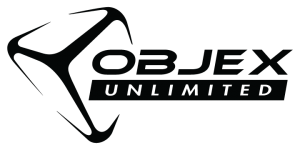Learn More About Our Services
What Is 3D Printing?
3D printing service is a form of additive manufacturing technology where a three dimensional object is created by laying down successive layers of material. 3D printers are generally faster, more affordable and easier to use than other additive manufacturing technologies. A 3D printer offers product developers the ability to print parts and assemblies made of several materials with different mechanical and physical properties in a single build process. Advanced 3D printing technologies yield models that can serve as product prototypes. If you want to save time and money on your project, turn to Objex Unlimited of Toronto, for your high quality 3D printing service.
Advantages of 3D Printing
Technology

full-coulour-3dprinting
Objex Unlimited uses FDM (Fused Deposition Modelling) and 3D Inkjet technologies. We also have access to a wide range of equipment to meet any of your prototyping or modelling needs.
Our Parts are lightweight, durable and resistant to heat and mild chemicals. They can be drilled, sanded, painted, plated or vacuum metallized.
We are constantly upgrading our technology and capabilities, take a look below to see some of our different types of 3D printing.
For the best 3D scanning and 3D printing services in Toronto and Mississauga, Ontario, trust Objex Unlimited. Feel free to contact us for inquiries.
Different Types Of 3D Printing
Inkjet Head 3D Printing
Powder bed and inkjet head 3d printing is an additive manufacturing technology that can make objects described by digital data.
This technology was first developed at the Massachusetts Institute of Technology and in 1995 Z Corporation obtained an exclusive license.[1][2]
As in many other rapid prototyping processes, the part to be printed is built up from many thin cross sections of the 3D model. An inkjet-like printing head moves across a bed of powder, selectively depositing a liquid binding material in the shape of the section. A fresh layer of powder is spread across the top of the model, and the process is repeated. When the model is complete, unbound powder is automatically removed.
Fused Deposition Modeling (FDM)
Fused Deposition Modelling (FDM) is an additive manufacturing technology commonly used for modelling, prototyping, and production applications.
FDM works on an “additive” principle by laying down material in layers. A plastic filament or metal wire is unwound from a coil and supplies material to an extrusion nozzle which can turn the flow on and off. The nozzle is heated to melt the material and can be moved in both horizontal and vertical directions by a numerically controlled mechanism, directly controlled by a computer-aided manufacturing (CAM) software package. The model or part is produced by extruding small beads of thermoplastic material to form layers as the material hardens immediately after extrusion from the nozzle. Stepper motors or servo motors are typically employed to move the extrusion head.
The technology was developed by S. Scott Crump in the late 1980s and was commercialized in 1990.[1]
The term fused deposition modelling and its abbreviation to FDM are trademarked by Stratasys Inc. The exactly equivalent term, fused filament fabrication (FFF), was coined by the members of the RepRap project to give a phrase that would be legally unconstrained in its use.
Selective Laser Sintering (SLS)
Selective laser sintering (SLS) is an additive manufacturing technique used for the low volume production of prototype models and functional components.
Stereolithography (SLA)
Stereolithography (SLA or SL; also known as optical fabrication, photo-solidification, solid free-form fabrication and solid imaging) is an additive manufacturing (or 3D printing) technology used for producing models, prototypes, patterns, and production parts.

